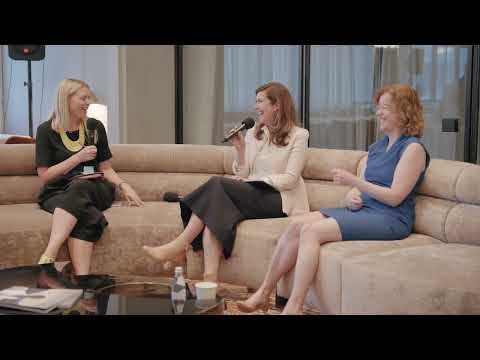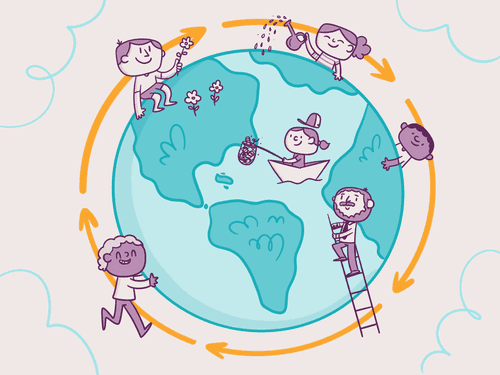
25/01/2023
World Enviromental Education Day
The World Environmental Education Day celebrates a milestone in the debate on the transformation power of education to lessen the impact of human activity on the environment.
We are talking about the creation of International Environmental Education Program, the result of a meeting held by Unesco in 1975, known as the 'Belgrade Meeting'.
This meeting brought about and established the celebration date (January 26) and a series of discussions, which little by little made clearer the political, cultural, social and economical of environmental education.
“In this direction, rethinking the dominant economic model, [the linear one], highly impactful for the environment and for people, is regarded as fundamental in this transformation, inspiring a more circular model of economy”, adds our pedagogical coordinator, Prof. Dr. Edson Grandisoli.
Shall we find out more about this?
Environmental Education and Circularity: How to understand this relationship?
Both environmental education and the Circular Economy seek to understand human activities and propose solutions to the impacts of our relationship with the environment, including all actors in society.
But this happens on different levels:
Environmental education is on a broader level. Can move in many different ways that are interdisciplinary and transversal.
Ideas and actions based on circularity, on the other hand, occur at a specific level that generally includes the [goods production companies and consumer behavior] in the current economic model, the linear one (extraction-production-disposal). Thus, it promotes an education for circularity, which also needs to be connected to sociocultural and political dimensions.
Despite this, according to Grandisoli, the participation of companies in the discussion is still restricted.
“Environmental education has been seen more as linked to schools, to teaching. We deal with education for circularity to bring companies closer to the discussion. It is an excellent model, because it makes other sectors responsible”, says the professor.
Responsibility: An Old Challenge
Discussions on the concept of environmental education and circularity have been going on for over six decades. Agreements, legislation, documents and actions were being produced throughout all this time, but, according to Grandisoli, the dialogue between different sectors of society has still not grown enough.
“The actors propose their solutions, put them into practice and everything is always very segmented and fragmented. I think that a fundamental point that the Circular Economy brings is precisely that we start to think about solutions in a more integrated way. Since the problem is systemic, we must think of systemic solutions”, comments the professor.
The Environmental Education Treaty for Sustainable Societies and Global Responsibility of Eco-92 (UN, 1992) has among its principles that:
“The responsibility for preserving natural resources indicated by the Treaty is global. That is, society, government officials, educators, scientists and businessmen must follow and comply with environmental standards”.
That is, it is in this direction that we have to follow and, as a reference, we can mirror ourselves in actions that nourish everyone's co-responsibility and participation. How:
Circle Challenge…
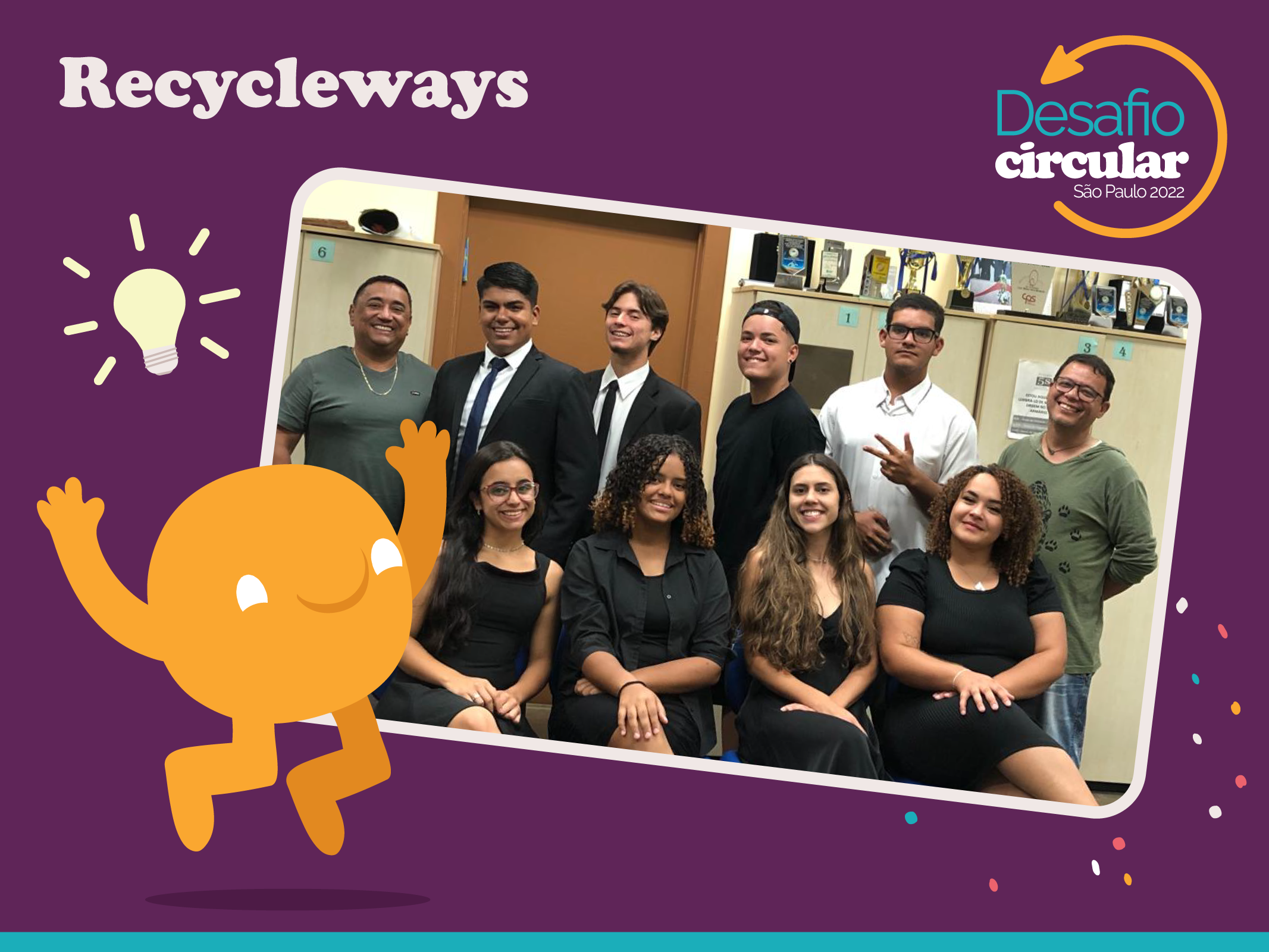
The winners of the last edition of this Circular Movement project managed to integrate school, community and companies in a project to finance pedagogical excursions, through the sale of used oil for recycling.
...Circular Lab Talks…
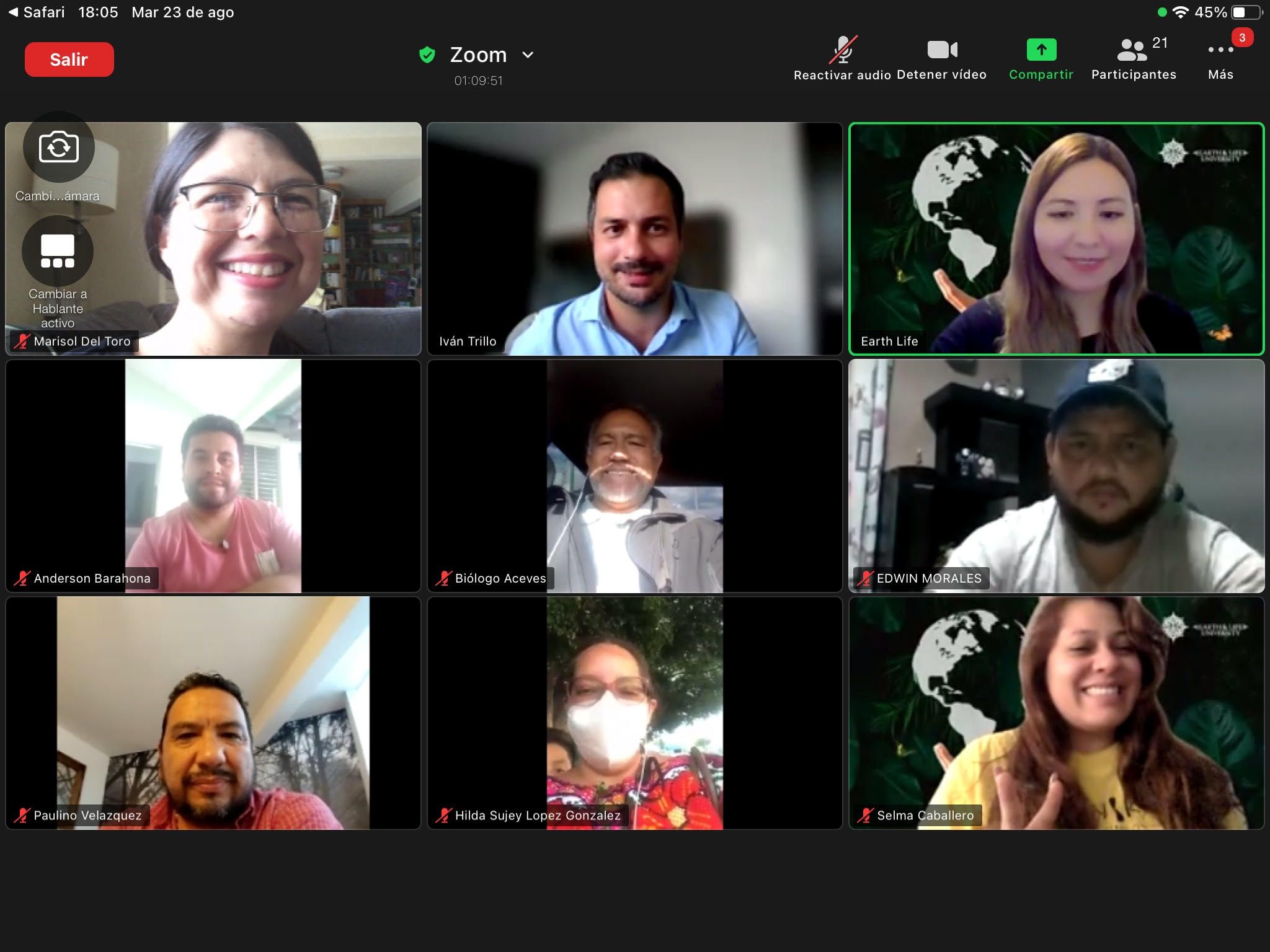
Also, an initiative by Movimento Circular retrospective with our partners at Earth & Life University and Lealtad Verde, brought together the academic world and Mexican leaders in the plastics industry at conferences to talk about innovations in waste management and discuss new strategies for community involvement.
... and look at this initiative by a public school student in Ceará
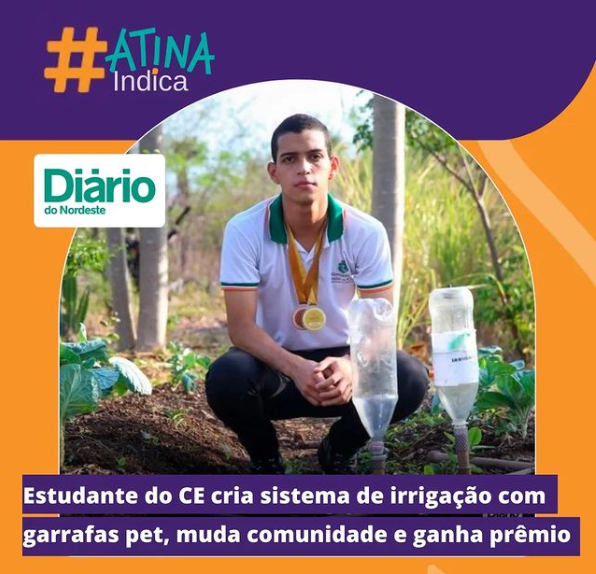
Realizing the difficulty faced by farmers in the rural area of Granja, in the interior of Ceará, during periods of drought, high school student Francisco Nycollas Machado Guarinho created an irrigation system using PET bottles .
A project inspired by the school, attentive to the needs of the community and the reuse of waste so that it does not turn into garbage or is disposed of incorrectly.
(See actions taken by our partners on the Map of Initiatives on our platform)
On this World Environmental Education Day, there is a reflection on how we should still have a holistic view of our multiple relationships with the environment.
"It is fundamental to create more democratic instances of dialogue that guarantee a voice to different actors in society so that together we can seek solutions to challenges that, in fact, are common”, concludes Professor Grandisoli.
What is the circular economy?
The Circular Economy proposes a new look at our way of producing, consuming, and disposing, in order to optimize the planet's resources and generate less and less waste. In other words, an alternative model to the Linear Economy - to extract, produce, use and discard - which has proved to be increasingly unsustainable throughout history. In the Circular Economy, the goal is to keep materials in circulation longer by reusing them until nothing becomes waste! For this model to become a reality, we all have a role to play. It is a true collaborative circle, which feeds itself, and helps to regenerate the planet and our relations.
Learn about Circular Economy
If you are interested in learning more about this topic, visit Circular Academy, the first free Latin American course on circular economy aimed at general audiences. All of us, in partnership and collaboration, can make a difference in building a more circular planet.

